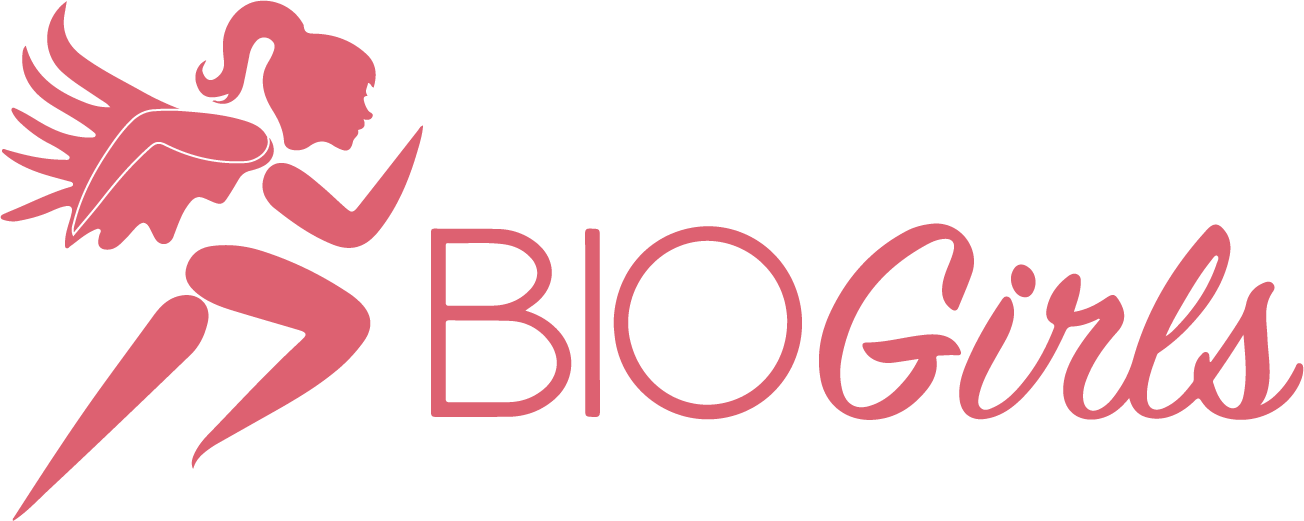Behind the Lessons: EQ!
Gretchen is a kind, big-hearted 11 year old. She loves piano and dance, is a good student, respectful to her peers and adults.
But watch out!
She can throw the biggest fits you have ever seen. A grilled cheese a little overdone, the chocolate Cheerios ran out, the hamster cage needs cleaning on Tuesday, not Friday like usual – all scenarios that could lead to a blow up.
Not all kids throw tantrums when these things happen, but why?
All adolescent girls will experience outbursts or other extreme reactions to circumstances, sometimes without provocation. The adolescent brain is in development overdrive and hormones come into play. Couple that with external situations that create fear, anxiety or other strong emotions. The combination can result in the body going into flight or fight mode thereby neutralizing reason, logic and good judgement.
Emotional intelligence (EQ) is an important life skill that is learned through experience, modeling and intentionality.
EQ levels vary by child, and even among siblings. Some kids need to work harder at it than others, but it can be learned. EQ is the ability to identify, articulate, accept and control emotions. EQ can mean the difference between a jealous outburst vs. congratulating a friend, accepting the outcome vs. throwing a fit, or listening vs. judging.
BIO Girls works with participants to develop emotional intelligence because it impacts many areas of life.
Two BIO Girls lessons are devoted to EQ – identification and acceptance of emotions; followed by articulation and expression of emotion. Faith, our mascot and lead character in the 2021 curriculum, shares a story with the participants that explains emotional intelligence.
She describes her feelings of jealousy and how her mind starts to think bad thoughts about her best friend. The lesson continues by showing what happens when Faith’s emotions control her (bad!) vs. when she controls her emotions (good!).
This illustration is powerful and relevant because during adolescence girls’ emotions will come out as an attack on someone else – even a friend. By the end of the two lessons, the participants will:
Accept that all emotions are okay
Be aware and acknowledge their own feelings
Practice controlling their reactions to the emotions they are experiencing
Try a few different ways to express their emotions
While 3 hours spent on EQ is just scratching the surface, our intention is to provide a safe, nurturing environment for participants to practice this skill. Practice helps build muscle memory so when participants experience emotional circumstances in the future, they are more prepared.


